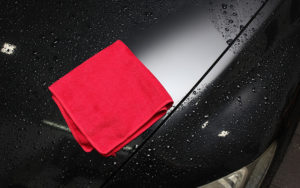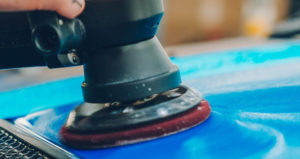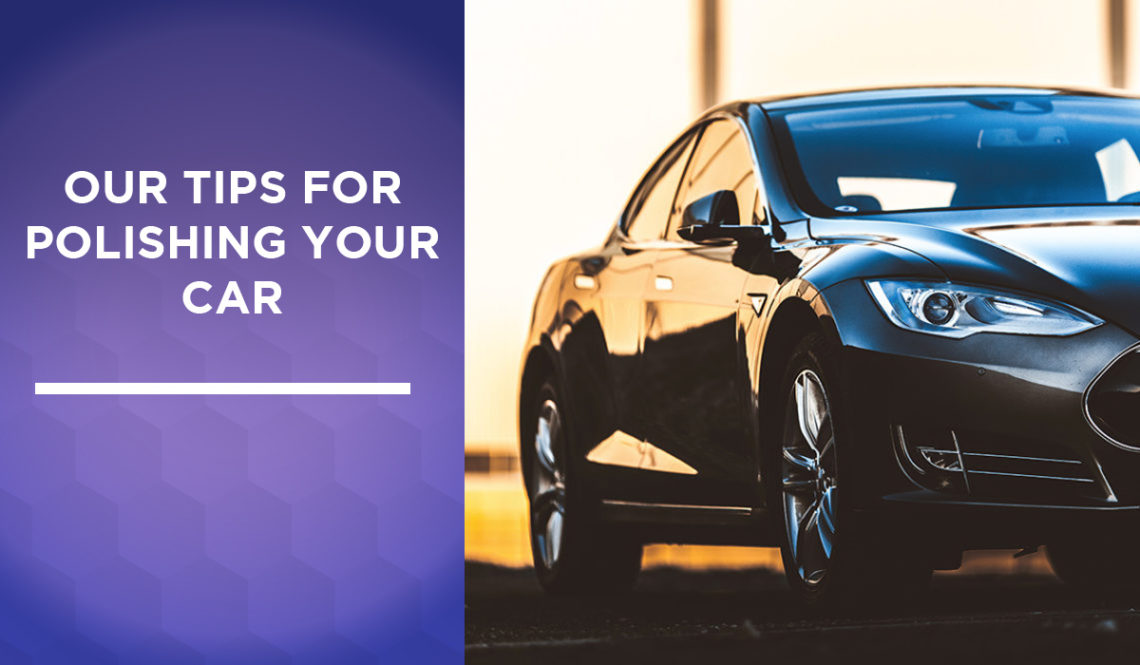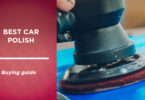There’s nothing like a good polish to give your small car a new look! To keep your car looking its best every day, it is important to take care of its bodywork in just a few steps with a polisher. Here is our little guide to polishing your car in a few steps! Of course, you will need a car polisher for efficient and operational maintenance. If you don’t have one yet, check out our comparison to help you choose the right car polisher, before following our advice!
Preparation of the car

- Park the car: place it on a flat surface, if possible away from dust or mud
- Wash your car: with soap and water if necessary. It is essential that the car is kept clean.
- From top to bottom: start your wash from the top of the car, going down (from the roof to the wheels)
- Insist on the wheels and under the car, where dirt tends to settle.
- Drying: Dry your car with a micro-fibre cloth to avoid micro-scratches.
Once your car is clean, you can start polishing it! Before going to the next step, make sure there is nothing around you that sucks, polishing can be a messy business.
Polishing
Now that your car is nice and clean, you can move on to the polishing stage. Get your polisher and polishing paste and go!
- Moisten the pad: having a wet pad helps to avoid damaging the paint on the bodywork. Wet it with clean water and wring it out so that it remains slightly wet.
- Apply the polishing paste: spread the polishing paste on the pad, and start the polishing wheel of the polishing machine.
- Polishing: attack the polishing panel by panel, pressing your polisher against the car’s paintwork
- Move back and forth against the body with your polisher, trying to apply even pressure to avoid damage.
- Change the area when the polishing paste starts to shine.

As you polish, the paste will accumulate on the pad. If necessary, stop occasionally and rinse the pad before wringing it out to resume polishing with a clean, damp material.
The finishes
Once you have finished polishing and the paste is dry and shiny, you still have a few steps to finalize the body of your car:
- Wash your car again with water, be sure to rinse it thoroughly.
- Wait until your car is completely dry before waxing, you can dry it with a towel if necessary
- Protect your car by finishing with a coat of car wax that will protect the paint. Simply pour a little wax on the supplied pad and apply it all over the car.
- Use a micro-fibre cloth to finish polishing optimally.
There you go, your car’s glowing again!




